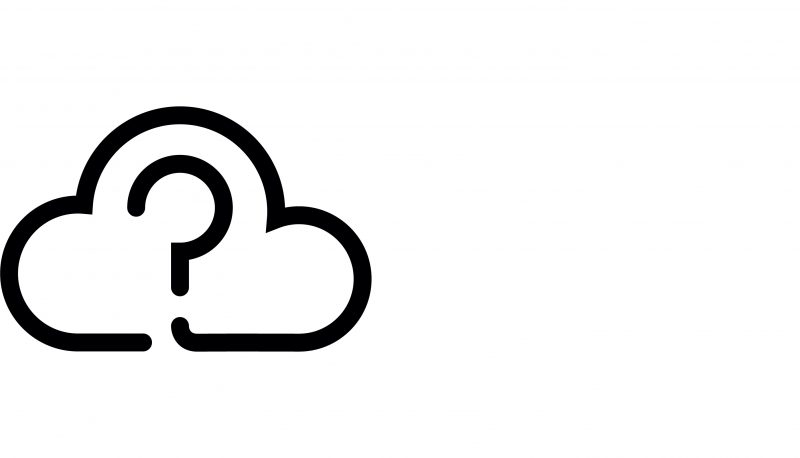Should I Stay or Should I Go?
Posted on October 18, 2019
The Transdisciplinary Design (TD) philosophy presents a bewildering yet inspiring universal method of sense-making: you don’t ever fully know anything but you can begin to build around values derived from questions. The key action here is questioning. Not only do we take on the scrutiny of traditional scientific sense-making by qualifying every truth as only a deduction of tested hypotheses but we also question that truth as only a single paradigm among many human and non-human perspectives. The power to decenter ourselves, deconstruct a problem space, and to ask new questions is the channel to transcending disciplinary bounds.
But what happens when questioning becomes so natural to a philosophy’s sense-making that the questioner runs themself into a paralyzing loop in which they begin questioning their philosophy of questioning itself. This phenomenon is the shared experience of TD students in the first semester of their graduate education. Once the energy around a new city, new people, New School, begin to sink, critical thoughts emerge. A cloud of doubt germinates through a cohort self-organizing around this issue. The questions turn on the TD practice of design theory itself as this billowing cloud brings a shower of tears and thunders of frustration. Every year the cycle repeats, new students pick up on the thread of an open, constructive discourse of challenging assumptions, and inevitably begin to apply this thinking from the systems studied distantly to the systems encountered personally. None becomes more present for the picking than the academic system in which we have become active participants.
It seems we are not alone either. Prospective, new, and recent graduate students at large toil with these questions continuously. Much of that discussion ends up coming down to costs. Public policy think tank, “New America” produced a report in 2012 on national student debt in which they estimated that of the trillion dollars, approximately 40% of it is from graduate and professional degrees. We might then assume that the growing toll is not as relevant to Fine Arts (TD is indeed an MFA) but the report presents how the trend exists outside of “high-cost credentials like those in medicine and law. According to the data, in 2004, the median level of indebtedness for a borrower who earned a Master of Arts degree was $38,000. In 2012, that figure jumped to $59,000, after adjusting for inflation.”
The promised exchanged value of the title “industry leader” or “expert” through a master’s certificate does not seem as convincing for a few years of pondering questions and an enormous bill. Things are no longer adding up as we expected them to… how can we be the experts when we are given no concrete answers to our questions? Is there no straight-forward how-to guide for this? Am I really learning if every answer is another question? We attempt to conduct a mental cost-benefit analysis but the simple logic does not translate to this largely experiential commodity. How can we evaluate it? There is no clear way of measuring the stocks and flows of this knowledge, and therefore, hardly any way of consolidating its value into units that can be stacked against 2 years and $103,500 (4 semesters of tuition as of 2019).
Is it about measuring outcomes?
But are those outcomes even measurable?
What really is the purpose then?
Who am I doing this for?
Why am I doing this?
And now we see the miserable beauty of this method of sense-making: we are left with new questions that are more useful than the first ones we asked as we begin to confront values. What do we really want from this path of academia, from design at large, from our life’s work? It is provoking constructive and difficult thoughts. This position of questioning is one of instability, but it is the only position for growth. It enables us to reach deeper meanings. This is what this program was designed to teach: the craft of navigating uncertainty.
Until we learn how to manage and process uncertainty, it will remain what Donella Meadows has termed a “limiting factor” in our education. The uncertainty then becomes a barrier to the entire system and without working through it, the net output will not exceed a rudimentary level.
Meadows offers daring advice for us in this moment of crisis– transcend paradigms by embracing the fragile human grasp of reality. In order to do so, she advises first acknowledging the ridiculousness of our attempts to capture meaning in a moment of humility, and then, in spite of all the nonsense, “to let go into not-knowing.” It is from this uncentered position that one achieves mastery in our complex, confusing, unlimited reality.
–MZS
References
Meadows, H. Donella. Thinking in Systems: A Primer. 2008.
Delisle, Jason. New America. 2012, New America, static.newamerica.org/attachments/750-the-graduate-student-debt-review/GradStudentDebtReview-Delisle-Final.pdf.
Johnson, Steven. Emergence: the Connected Lives of Ants, Brains, Cities, and Software. Scribner, 2004.
Tuition & Fees. The New School, www.newschool.edu/tuition-fees-billing/current-tuition/.